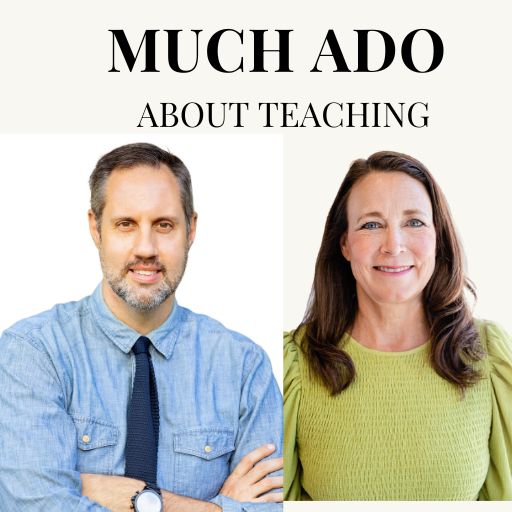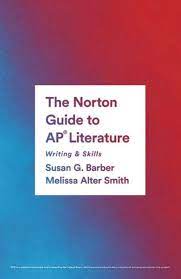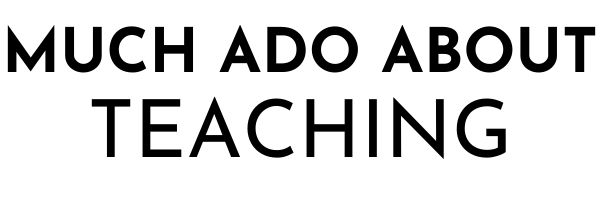Marking time is important because the practice allows us to step back and reflect on the world spinning (seemingly out of control at times) around us. I like to provide opportunities in the classroom to mark time as well modeling to my students the importance of carving out to to stop, catch our breath, reflect, and plan. We do this at the beginning of the year – reflecting on the momentous occasion of being a senior, the end of quarters and semesters – reflecting on academic and personal goals, and the end of the year – leaving meaningful quotes around the school as a parting gift. The new year, which is also a new semester for us, is another opportunity to mark time and reflect.
Here’s my plan for our first day back.

First, as a warm up, I’ll ask students about any traditions they have with new year and share one of mine – thinking through things they want to leave in 2022 and things they want to carry with them. I posted this tweet earlier in the week and will use this as a model to open the discussion. Students can be very focused on one idea like me or list things from different categories.
As a transition to the poems we will be working with, I’ll ask students to think about the two images at the top of the post and the way these images can have a cathartic effect at the end or beginning of the year. (Rain photo by Photo by reza shayestehpour on Unsplash and fire photo by Cullan Smith on Unsplash)
Next we will read two poems that center on the new year – “Rain, New Year’s Eve” by Maggie Smith and “Burning the Old Year” by Naomi Shahib Nye. You can find copies of the poems here. Students will read and make tricolor annotations using this format:
1st read – What stands out on a first read through? Why do you think it’s important?
2nd read – What are the central themes or controlling ideas do you notice in this text?
3rd read – What poetic elements contribute to these themes? How exactly do they expand your thinking on the subject?
After working with these two poems individually, I’ll ask students to discuss their insights in their family groups.
Now these poems will serve as a mentor text for students to write their own New Year’s poem choosing either of the poems as a model. When writing poems, students should consider the following:

Finally, students will write a reflective paragraph discussing the choices they made as a writer.
Thanks to Sarah Soper for creating this slide deck to accompany the lesson. New Year’s Poetry Lesson
Looking for more ideas for New Year’s poetry? Check out these poems at the Poetry Foundation.
Another activity I like to do around this time of year is What’s On Your Plate an idea I got from Sarah Soper. Every student gets a cheap paper plate and is asked to list all of their responsibilities, obligations, and things they need or want to do during the spring semester (or even before they head off to college in the fall). I typically do this activity alongside my students which opens the door to conversations about prioritizing, managing stress, and just that I have a life outside of Midtown (gasp). Even though I’m not a huge goal setting this time of year, I do encourage my students to think through two or three action steps they can do to help them manage during the next few months. (This activity is easily adapts to virtual learning. My students did these on slides last year – and will this year also since we are virtual starting tomorrow – sigh).

Susan Barber is a caffeinated educator influencing the next generation to live worthwhile lives and love literature. In addition to teaching at Midtown High School in Atlanta, she is the College Board Advisor for AP Lit and an avid Bama fan.

















One comment
Hypure One
Great content! Keep up the good work!